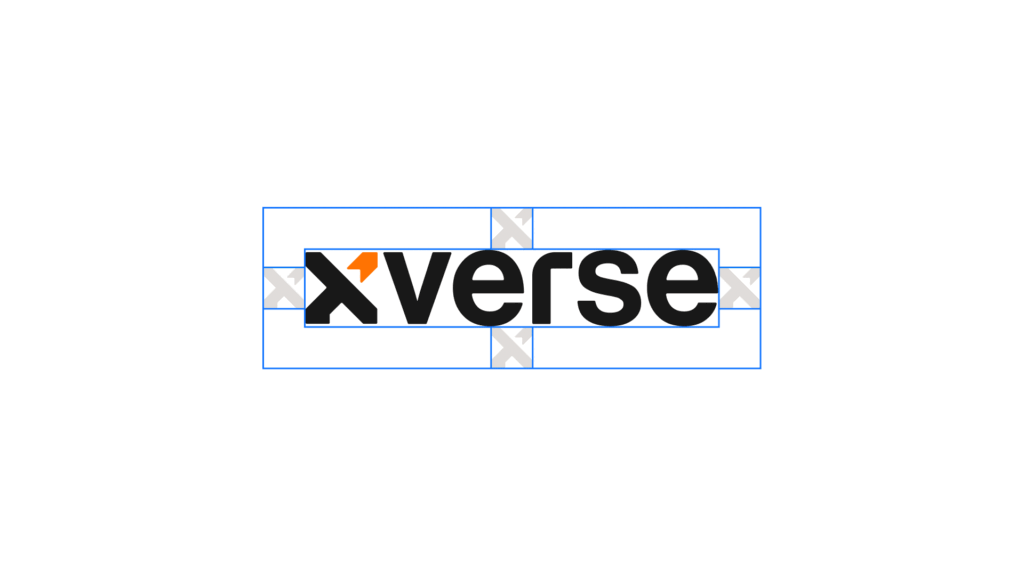
Source: Malwarebytes Lab
Imagine you buy an NFT, sometimes for the same amount of money you would pay for a house. A week later you open your digital wallet and surprise surprise… it's gone.
What. The. Heck?
How is this even possible? Weren't NFT's supposed to be a pretty safe thing? In fact, aren't experts advising artists to turns their work into NFTs specifically to protect them from being digitally stolen?

Source: DecryptoArt
As it turns out, the whole NFT system is a lot more delicate than it seemed. Adieu idea of a promise digital safe haven.
The thing is, an NFT isn't the actual piece of artwork itself, an NFT stores information on where you can find the artwork and what the artwork is. Basically, it's a link that directs you somewhere else, a link where the digital art is actually stored.

Source: Financial Times
So while the Ethereum blockchain, which the NFT system usually uses, keeps an unalterable record of the NFTs history and ownership, it's not the digital piece of work itself. If you still can't wrap your head around it, think about it this way:
Imagine you buy an authentic Egyptian hieroglyphic and it came with official documentation that certified where it came from, its history, and proof of ownership. Well, the NFT is the digital equivalent of the documentation.

Source: BeinCrypto
A lot of NFT artworks are stored within normal URL links, and that's where the fragility of this whole system. Traditional URLs do not depend on the seller or the buyer, they depend on the companies that host the webs, as well as the owner of the domains. If the web host went under, or for whatever reason the owner of the domain stopped paying the bill, or even decided to simply screw people over and redirect your URL somewhere else, the whole thing would disappear. Leaving you empty-handed.
"It’s just really fairly irresponsible to use an HTTP URL as the canonical reference for an NFT.”
Filecoil's Darrow for Decrypt

Source: Tooploox
To combat this possibility, many are turning to a system called InerPlanetary File System, IPFS, to store their NFTs. This protects the NFT from being linked to a single URL location, since IPFS allows you to find a piece of content as long as someone, wherever they may be, is hosting it, rather than tracking a specific file a specific address. Therefore, a number of hosts would be making sure your file remains online. This system also allows the buyers to pay in order to keep their NFT's files online, so while they still have to pay a hosting bill, they are allowed to host it anywhere within the IPFS network.
Now, of course, we know that this is merely scratching the surface of the black hole of information and knowledge that is behind all of this NFTs business, their proliferation, and recent issues. We ourselves, are still trying to get the gist of it.

Source: The Verge
This kind of makes an interesting bridge between the physical and the digital art world. One would think that buying a digital piece of art wouldn't entail the fuss of caretaking involved in a physical painting, instead, we are faced with quite the opposite. Ensuring the adequate maintenance of the artwork is still a must, storage, for now, is still something we must tread with care.
It seems that an Error 404 screen is the new 'ashes of a burned painting'.













